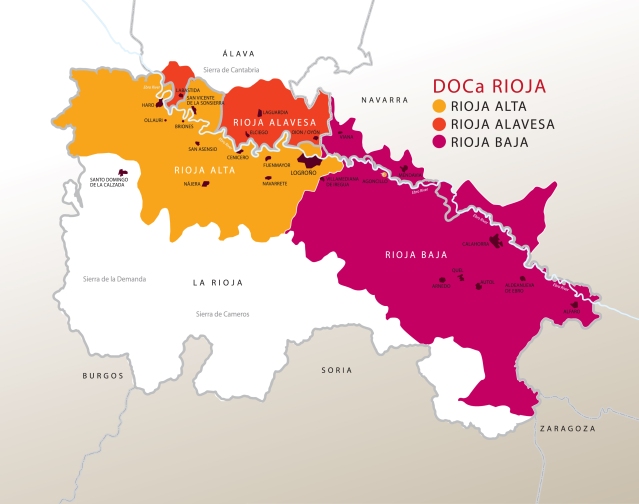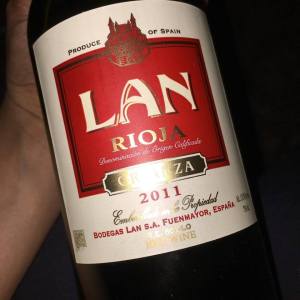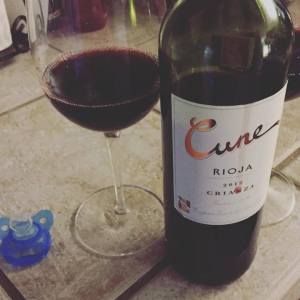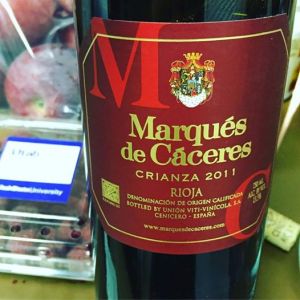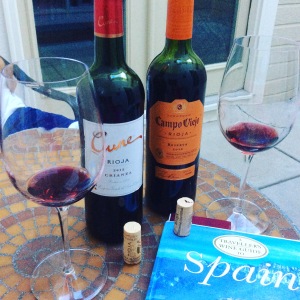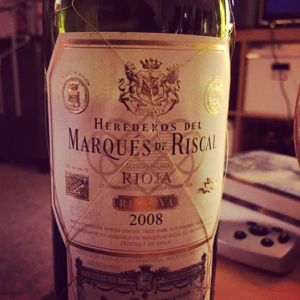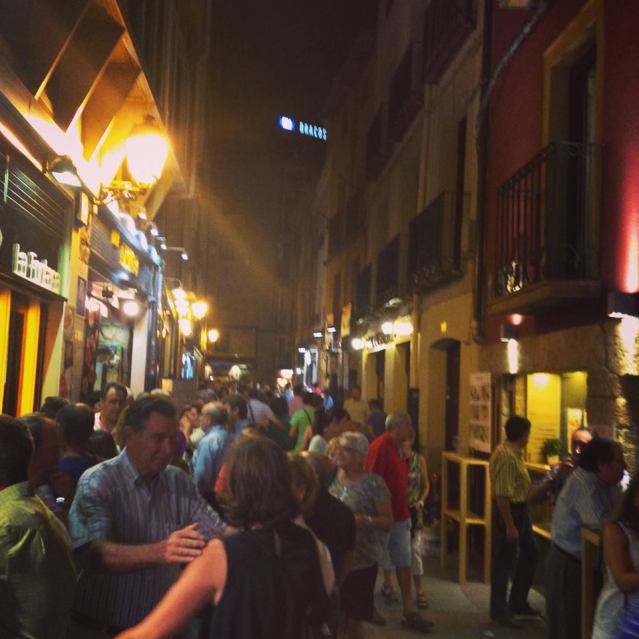In search of the perfect summer beer: Sour beer
Posted on June 4, 2021
When I first moved to Oregon, I was more of a lover of big, bold wines; I would also occasionally drink a light beer to quench my thirst on a hot summer day. It wasn’t until I went to a few beer festivals, met a few Oregon winemakers who also loved beer, and sipped a few other beers that I realized that there is such a huge world of beer out there to explore. I also learned from my years of working the wine harvests in Oregon that “in order to make a great wine, you need to have a great beer.” Ryan Harms of Union Wine Co. had once told me this when we worked side by side in the wine industry. I heard it again, over and over from other winemakers in the area, and I realized that at the end of the day, winemakers want nothing more than an ice-cold beer to quench their thirst after sipping and spitting out wine samples all day.
Initially, I was turned onto another big, bold, very Oregonian beer style, Indian Pale Ales (IPAs). IPAs are a whole other story, one which I will touch upon later in another blog post. I later went back to the more European style of beers, such as white wheat beers like Hefeweizen, then later to paler ones like lagers and pilsners. Finally, today, I’ve landed on sour beers.
 A little about sour beers. Sour beers can be made from pretty much any beer; however, most follow either traditional or standardized guidelines. Sour beers are intentionally made acidic, tart, or sour in taste. For those Oregon Pinot Noir drinkers who love acid, this may be the beer style for you.
A little about sour beers. Sour beers can be made from pretty much any beer; however, most follow either traditional or standardized guidelines. Sour beers are intentionally made acidic, tart, or sour in taste. For those Oregon Pinot Noir drinkers who love acid, this may be the beer style for you.
In order to obtain a sour beer, beer brewers need to use wild yeast and bacteria strains such as Lactobacillus, Brettanomyces, and Pediococcus, none of which are generally allowed unless in a controlled environment.
I personally love a little “Brett” in my wine, cider, and obviously, beer. These beers generally satisfy my craving for sour patch kids candies, a hot-summer-day sipper, and a little more depth than just another lager. Not that there is anything wrong with lagers–I love those, too–but lately, I’ve been craving some good sour beers.
Sour beers rarely make an appearance in winter, so if you are adventurous, get them while you can in these upcoming summer months before they’re gone.
Below, I have summarized some information on the most common styles in order of taste preference. (Thank you, Wikipedia, for providing me with some backstory information.)
 Berliner Weisse is a beer that is popular in the summertime and meant to be enjoyed outside on a patio in the middle of a hot summer in Berlin. It is generally low alcohol, around 3% abv. and made sour using Lactobacillus bacteria. It is commonly sweetened with a green or red flavored syrup to balance out the tartness. Interestingly enough, it was when I lived in Berlin that this was my first taste of sour beers, and I had no idea that it was a sour beer. I really enjoyed it!
Berliner Weisse is a beer that is popular in the summertime and meant to be enjoyed outside on a patio in the middle of a hot summer in Berlin. It is generally low alcohol, around 3% abv. and made sour using Lactobacillus bacteria. It is commonly sweetened with a green or red flavored syrup to balance out the tartness. Interestingly enough, it was when I lived in Berlin that this was my first taste of sour beers, and I had no idea that it was a sour beer. I really enjoyed it!
Gose (pronounced “go-suh”) is a top-fermenting beer that originated in Goslar, Germany. I had my first taste of sour Gose from 10 Barrel Brewing Co. in Portland and loved it. I have been in search of Gose since then. Goses have a lemon-/grapefruit-like tartness with a touch of herbal to them. This type of beer is generally characterized by the use of coriander and salt. It is then made sour by inoculating the wort with lactic acid bacteria before primary alcoholic fermentation.
Lambic beer is spontaneously fermented beer made in the Pajottenland region of Belgium and Brussels. I first tried a Kriek lambic beer when a friend told me that I had to try this sour cherry sweet beer. It is generally sweet as it is allowed to perform a secondary fermentation with fruit such as cherries (Kriek] or raspberries (Framboise). These are the most common lambics you are likely to taste. Honestly, I have only tried the European versions, but you can find a cherry lambic beer at Trader Joe’s. Interestingly enough, the wort is left to cool overnight in the koelschip [italicize] where it is exposed to the open air during the winter and spring, and then placed into barrels to ferment and mature. Most lambics are blends of several seasons’ batches, such as Gueuze, or are secondarily fermented with fruits, such as Kriek and Framboise.
American wild ale is generally brewed using yeast and bacteria strains in addition to standard brewer’s yeast. American wild ales don’t follow specific guidelines, unlike their European counterparts.
Flanders red ale descended from the English porters of the 17th century. It is first fermented using brewer’s yeast, then allowed to mature in oak barrels. It can later be blended with younger beer to adjust for consistency in taste, similar to the process used for a Solera Sherry.
To learn more about Solera Sherry, click here.
Oud bruin beer originates from the Flemish region of Belgium. Oud bruins differ from the Flanders red ale in that they are darker in color and not aged in wood. Consequently, this style tends to use cultured yeasts to impart its sour notes.
 So if you are looking for that great summer beer, look no further then sour beers. Some of my favorites are from Avery Brewing, Deschutes Brewery, Ecliptic Brewing, Dry Dock, 10 Barrel, and River North. If you are in a store, just ask one of the store associates to help you find some great sour beers and they’ll direct you to the right beers. Enjoy summer in a glass! Cheers!
So if you are looking for that great summer beer, look no further then sour beers. Some of my favorites are from Avery Brewing, Deschutes Brewery, Ecliptic Brewing, Dry Dock, 10 Barrel, and River North. If you are in a store, just ask one of the store associates to help you find some great sour beers and they’ll direct you to the right beers. Enjoy summer in a glass! Cheers!
Juan Carlos Sancha: A Riojan Champion of Sustainable Viticulture
Juan Carlos Sancha was my professor at Universidad de la Rioja and later became my mentor and good friend. I am so proud of everything he’s done for Rioja and love when I see others recognizing his hard work and dedication to the wine industry. Felicidades Juan Carlos y Marian!
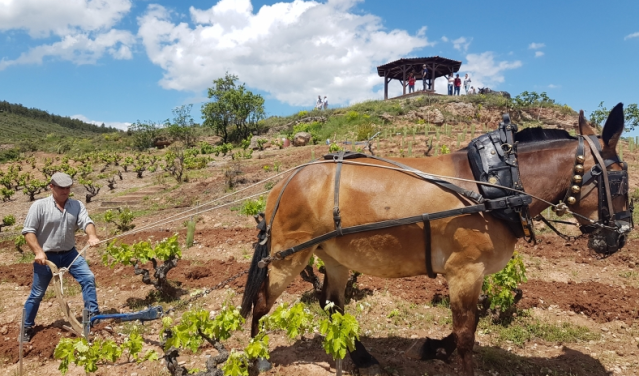
The World Tourism Organization’s fourth Global Wine Tourism Conference in Chile in December 2019 emphasized the role of wine tourism for sustainable rural development and launched a call to action.
UNWTO General-Secretary Zurab Pololikashvili said: “Wine tourism creates jobs and entrepreneurship opportunities. It touches all areas of the regional economy through its linkages to handicrafts, gastronomy and agriculture. There lies its great potential to generate development opportunities in remote destinations.”
Rioja wineries read his message loud and clear.
Today, over 400 Rioja wineries have a tourism program, increasingvisits to wine villages, generating jobs, promoting knowledge about wine culture, enhancing the wineries’ image and creating additional revenue streams. It’s a win-win situation for everyone involved.
However, challenges remain. Among them is attracting discerning wine tourists who have no shortage of choices of wineries to visit. The most forward-thinking wineries here are moving…
View original post 746 more words
My Top Go-To Rioja Wines Under $20
Finding Rioja wine in your local stores isn’t as hard as most people think. Having lived in Rioja for two years and having completed a Masters of Viticulture and Enology (winemaking) there, this place is my second and favorite home. I am often asked what my “Go-to” Rioja wines are, and I have a few recommendations for a few favorites that you are likely to find in your store.
Let me first explain something about the wine regions of La Rioja, Spain.
The Regions of La Rioja
La Rioja has three wine regions where wines of varying styles are made. The Rioja area is subdivided into three different regions – Rioja Alavesa, Rioja Alta and Rioja Baja. While la Rioja Alavesa and la Rioja Alta are located closer to the mountain, they are at slightly higher elevations and have a cooler climate. This results in wines with more acidity and slightly more finesse and elegance.
La Rioja Baja is located to the southeast where it is drier and warmer. The annual rainfall in the region ranges from 12 inches in parts of Baja to more than 20 inches in La Rioja Alta and Alavesa.
Although each winemaker adds their own special touch, terroir is not something that can necessarily changed. If I want a lighter, more distinguished wine, I tend to lean towards wines from Rioja Alta or Rioja Alavesa. These two areas, of higher altitude, are located in the northernmost part of La Rioja near Basque Country (if not in it). If I want a slightly bigger-bodied wine, I lean towards wines from Rioja Baja, where there is a bit more sun and slightly different soil types dominate.
Aging and Oak
I also then consider how much aging or oak I would like on my wine. Rioja has a great classification standard that helps you understand how much long your wine has been aged; based on your tastes, this classification standard can help determine the right wine for you.
I love a Cosecha wine (a wine in its first or second year with little to no oak; it has a green label) for summertime due to how light and refreshing it is. However, my go-to night wine is generally a Crianza (12 months+ in oak plus one year in bottle; it has a red label). I reserve Reserva (aged minimum of three years, tends to be 18-24 months in oak with the rest of the time in bottle) for those nights when I am having a hearty meal with friends. These classifications, while made to be easy to understand, can be at times confusing. Some winemakers who chose to age a wine for 8 months, for example, based on the grape variety, terroir, vintage, etc., still have to use a Cosecha, or green. label.
In general, I stick to Crianza and Reserva unless it is a white wine. For a white wine, I prefer the wine of the year or the Cosecha wine.
Here are a few of the wines that can easily be found in your grocery or liquor stores with a cost likely under $20. If you are lucky, you may even find them for under $15 on sale.
LAN Crianza or Reserva
C.V.N.E. Crianza
Marqués de Cáceres Crianza
Campo Viejo Reserva
Marqués de Riscal Reserva
While I haven’t listed vintage, the wines currently released onto the market are ready to drink. Unlike their US counterparts, there are strict rules as indicated by the labels and by the Regulatory Council in Spain that prevent wine from being released before it has been properly aged. You generally can’t go wrong with the suggestions listed above. If you are interested in specific vintages, click here for the listing of the vintages.
The majority of the wineries listed above have been making wine since the 1900s and have vines close to 100 years old. Most are still held by the families who started the wineries back in the 1800s, and all have had a very high standard in winemaking for some time.
The wines listed above are also wines made with the traditional grapes grown in the region: Tempranillo, Garnacha, Graciano, Mazuelo and Maturana Tinta. These wines tend to be elegant and subtle yet powerful in the mouth. To me, they bring me back to my time in La Rioja where I ate and drank with friends on Calle Laurel, the famous tapas street of Logroño.
These Rioja wines have an earthy, dark cherry, tobacco mouth taste that conjures up all the sights, smells, and sounds of this amazing town. To me, they are special, and every sip I take brings me back to those times. While they may not do the same for you, I hope that you will visit La Rioja and have a chance to experience what I have loved so much about this region. It’s not just about the food and wine but about the people behind the wine that make it so special.
 Sacred Drop
Sacred Drop 


